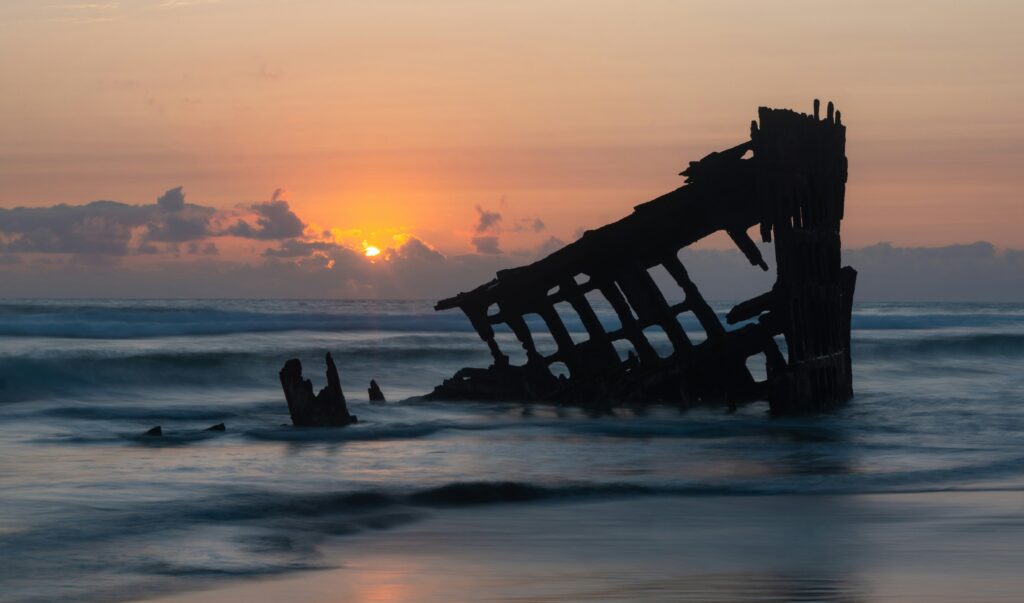
If you’ve ever secretly wished life came with more sea shanties, treasure maps, or excuses to yell “Avast!” at strangers, welcome aboard. Around the world, there are places that don’t just tell pirate stories, they live and breathe them.
Today, you can board replica ships, explore coastal forts, paddle through pirate coves, visit museums filled with real plunder, and learn the messy, exhilarating truth behind the pirate legends you grew up with.
Below are the top 8 cities on Earth where you can absolutely go overboard on pirate history, and the experiences that make each stop unforgettable.
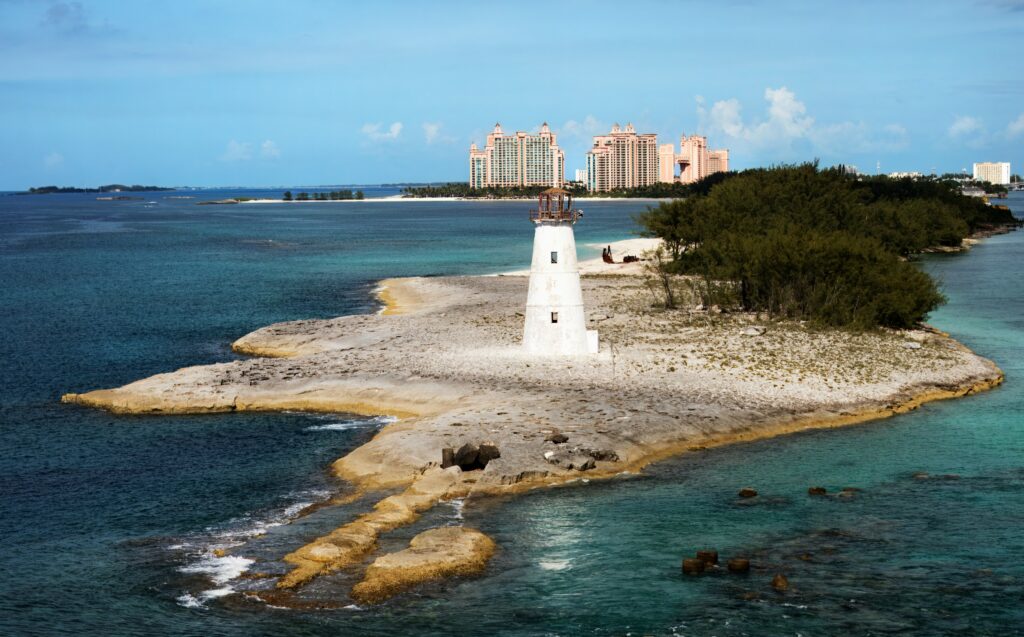
1. Nassau, Bahamas – The Capital of the Pirate Republic
The Bahamas isn’t just pretty beaches and turquoise water, it was once the chaotic heart of the 18th-century “Pirate Republic,” a short-lived rogue nation where democratic self-governance met rum-fueled anarchy.
From roughly 1703–1718, Nassau was home base for notorious figures like Blackbeard, Calico Jack Rackham, Anne Bonny, Mary Read, and hundreds of lesser-known pirates who controlled the harbor and terrorized British, French, and Spanish shipping.
After the War of the Spanish Succession, the Bahamas became a haven for sailors who suddenly found themselves unemployed and unwilling to return to rigid naval life. The islands’ shallow banks were perfect for ambushing merchant ships whose deeper-hulled vessels couldn’t maneuver as well. Nassau’s harbor quickly turned into a pirate mega-port, where different crews traded plunder, repaired ships, and governed themselves through surprisingly democratic means—captains were often elected, officers could be voted out, and shares of loot were distributed by consensus.
Blackbeard himself frequently operated out of Nassau, blockading Charleston in 1718 before swaggering back into the harbor with hostage ransom payments. Anne Bonny and Mary Read—two of history’s most famous female pirates—also sailed these waters, challenging the European gender norms of the time and proving that pirate life didn’t care about the social rules of the mainland.
The Pirate Republic eventually collapsed when the British sent Woodes Rogers, a former privateer, to restore order. He arrived in 1718 with the “King’s Pardon” and the military force to back it up. Many pirates accepted amnesty; others resisted; some fled. Nassau never fully lost its wild energy, though—its legacy is still baked into local folklore, place names, and the island’s modern identity.
What to Do in Nassau
- Pirates of Nassau Museum – A surprisingly in-depth, interactive museum with historical context, recreated pirate ships, and exhibits that go beyond stereotypes.
https://www.pirates-of-nassau.com - Queens Staircase + Fort Fincastle – Explore the defensive layers pirates once navigated while raiding.
- Snorkel the Shipwrecks at Clifton Heritage National Park – Sustainable underwater tours through wrecks and reefs.
- Rum & Food Walking Tours – Taste local cuisine with a side of pirate lore.
- Eco-Kayaking in Pirate Coves – Guides often add pirate stories while showing how locals protect the mangroves and reefs.
2. Port Royal & Kingston, Jamaica – The Sunken Pirate City
If Nassau was chaotic, Port Royal was its even more unhinged cousin—the “Wickedest City in the World.”
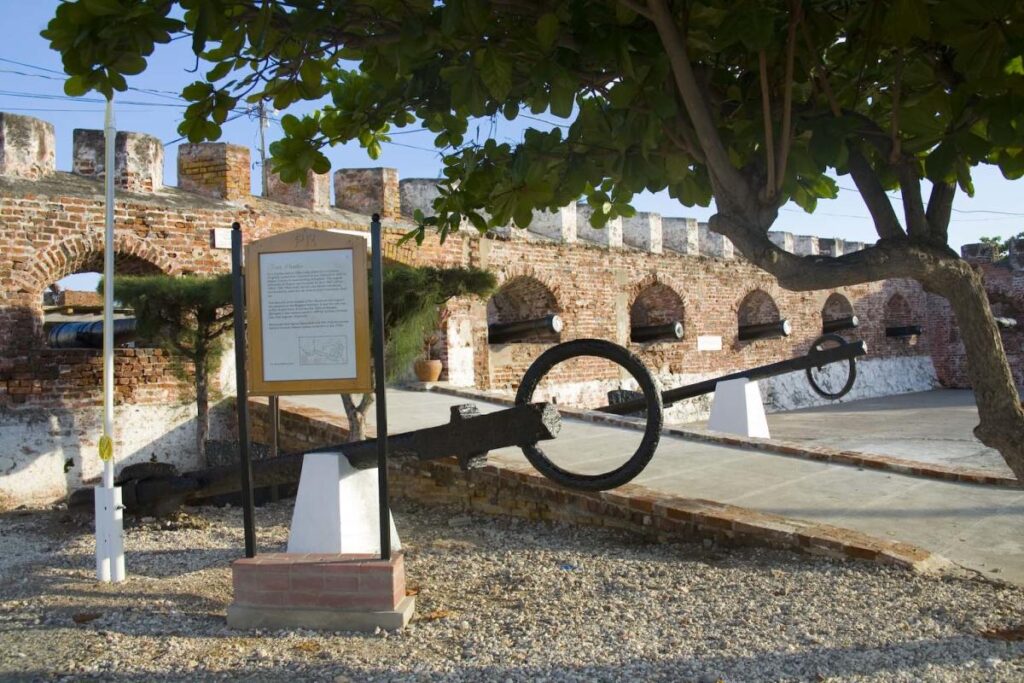
Port Royal, once one of the richest cities in the Americas, became a pirate HQ in the 1600s due to its strategic location controlling access to Kingston Harbour. It was initially built by the Spanish, but once the English captured Jamaica in 1655, they encouraged privateers to settle there to help defend the island and harass Spanish ships. Pirates like Henry Morgan operated under semi-official approval, attacking Spanish ports from Panama to Colombia, bringing back cargo, gold, and enslaved people—an ugly but historically significant part of the story.
Morgan eventually became so influential that he transitioned from pirate to colonial governor, a perfect encapsulation of how muddy the line between “pirate” and “state agent” really was. Meanwhile, Port Royal ballooned into a wealthy, lively, almost lawless city with taverns, gambling houses, brothels, and a global trading network.
In 1692, a massive earthquake struck, causing much of Port Royal to collapse into the sea. Thousands died, and the sunken streets—now an underwater archaeological site—became one of the most extraordinary time capsules of Caribbean colonial life ever discovered.
What to Do in Kingston / Port Royal
- Visit the Underwater City Museum (Fort Charles) – The Giddy House and old fortifications sit beside waters covering the sunken city.
- Take a Boat Tour of the Harbor – Some tours include sustainable fishing info and underwater archaeological history.
- National Museum Jamaica (Kingston) – Exhibits on piracy, colonialism, and the city’s transformation.
- Port Royal Seafood Shacks – Eat local fish and bammy at places like Gloria’s—supporting small, long-standing community businesses.
- Day Trip to Lime Cay – One of Morgan’s rumored offshore haunts; great for snorkeling.
3. Saint-Malo, France – Privateer Royalty of Bretagne
France had pirates, but it also had corsaires, privateers who wrote the book on state-backed maritime banditry.
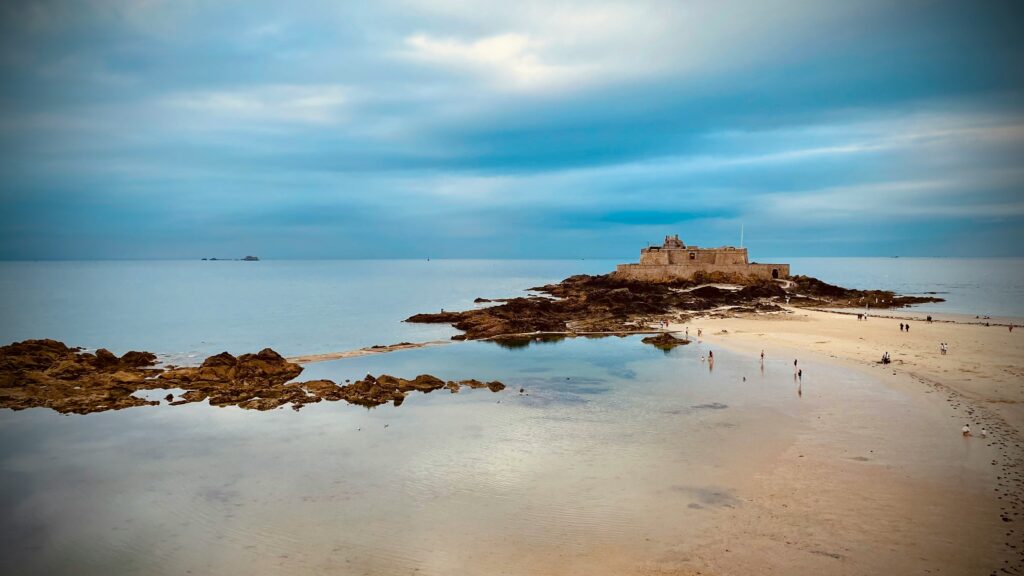
Saint-Malo, perched on the rugged coast of Brittany, was the epicenter of French privateering from the 16th to the 18th century. Unlike many Caribbean pirates, corsaires weren’t technically outlaws, they held royal letters of marque authorizing them to attack enemy ships. Breton privateers were terrifyingly effective, capturing thousands of English and Dutch vessels and enriching Saint-Malo so quickly that locals famously declared:
“Neither French nor Breton—we are Malouins.”
The city’s most famous privateer was Robert Surcouf, a swashbuckling figure who terrorized British trade routes in the Indian Ocean. His operations were so successful that even Napoleon acknowledged him as a key maritime asset. Another legend, René Duguay-Trouin, pulled off the audacious capture of Rio de Janeiro in 1711, one of the boldest privateering operations in history.
Saint-Malo’s walled city and fortified ramparts still feel like a set piece from a pirate film, but its history is deeply intertwined with colonialism, the slave trade, and French imperial expansion. Today, the city confronts this history through museums and interpretive signs while balancing cultural preservation with modern tourism and marine conservation efforts.
What to Do in Saint-Malo
- Walk the Ramparts – Get panoramic views of the corsair city.
- Musée d’Histoire de Saint-Malo – Excellent corsair/colonial exhibits.
- Tour La Demeure de Corsaire – A preserved mansion belonging to a wealthy privateer family.
- Sail on a Traditional Tall Ship (Étoile Marine Cruises) – A regenerative maritime program supporting heritage craft.
https://www.etoile-marine.com - Visit Nearby Mont-Saint-Michel – Monks weren’t pirates, but the tides are wild enough to feel like a magic trick.
4. Bristol, England – The Pirate Launchpad of the Atlantic
When you hear “pirates,” you may think Caribbean sunshine—but many began their careers in cold, rainy western England.
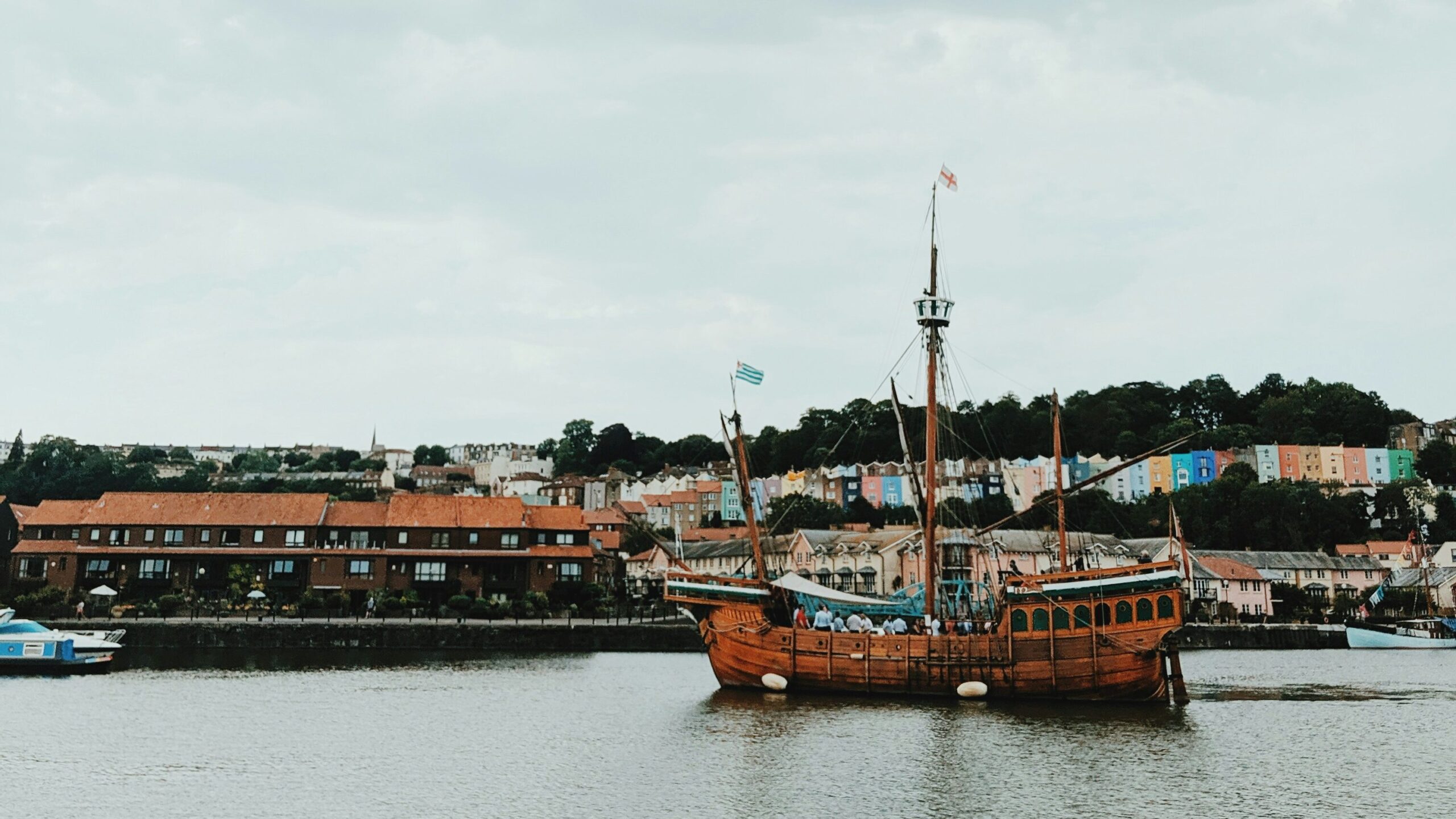
Bristol was one of the most important maritime cities in 17th–18th-century Europe, heavily involved in transatlantic trade, including enslaved Africans, and consequently served as a launch point for many sailors who later became pirates. Perhaps the most infamous is Blackbeard (Edward Teach), believed by many historians to have been born or raised in or near Bristol.
Bristol’s bustling docks were full of sailors skilled in navigation, gunnery, and ship maintenance. Once they crossed the Atlantic, often as privateers or merchant sailors, they were exposed to the chaotic politics of the Caribbean, where switching teams to join pirate crews was sometimes more profitable and far less oppressive.
The city also had a role in supplying ships, weapons, and crews to various colonial ventures. When privateering was normalized during wartime, many “legal” privateers shifted into piracy during peace. Several courts in Bristol dealt with high-profile piracy trials, making the city a legal as well as cultural center of pirate lore.
Today, Bristol embraces the more whimsical parts of its maritime legacy while actively educating visitors about its colonial past.
What to Do in Bristol
- The Matthew (Replica of Cabot’s Caravel) – Offers sustainable heritage sails.
https://www.matthew.co.uk - Bristol Harbour Walk + M Shed Maritime Exhibits – Context on Bristol’s global shipping role.
- Blackbeard Walking Tours – Fun, nerdy, and historically rigorous.
- Spike Island Art Hub – Explore maritime-themed exhibitions.
- Eat: Sustainable Fish & Chips at Salt & Malt – Support local producers working on marine stewardship.
5. Charleston, South Carolina – The City Blackbeard Held Hostage
Charleston is charming today, but in 1718 it was the stage for one of the most dramatic pirate standoffs in history.
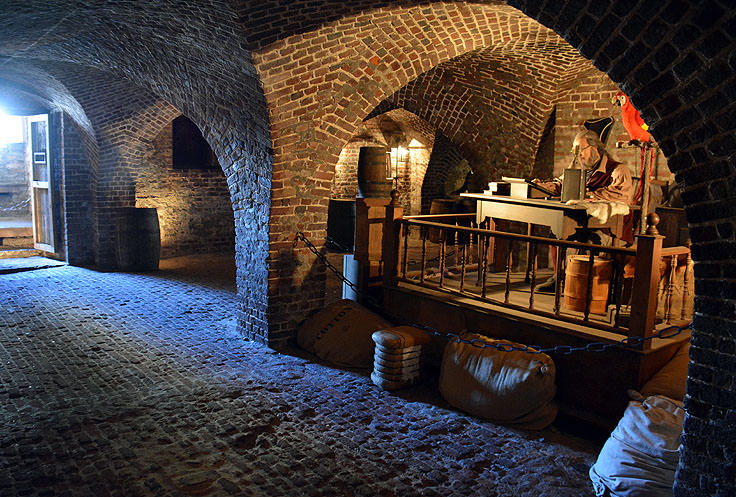
Blackbeard’s blockade of Charleston is one of the most outrageous pirate stories ever documented. In May 1718, Blackbeard and his crew captured ships entering and leaving the harbor, effectively shutting down the entire city, one of the wealthiest English settlements in North America at the time. The pirates detained prominent citizens, including members of the colonial elite, and demanded medical supplies in exchange for the hostages’ lives. Charleston had no choice but to comply.
Why medical supplies? Pirate life was brutal, injuries, infections, and tropical illnesses were constant threats. Blackbeard needed a fully stocked surgical kit for his crew. After receiving it, he released the hostages unharmed and sailed off, an unusually “honorable” end to a high-stakes situation.
Charleston was also the site of several pirate trials and executions. Stede Bonnet, the so-called “Gentleman Pirate”, was captured nearby and hanged in the city after a dramatic courtroom performance in which he attempted (and failed) to defend himself.
Today, Charleston faces its complex history head-on, especially its central role in slavery. Pirate stories are presented within this broader context, highlighting how piracy intersected with colonial violence, trade routes, and resistance.
What to Do in Charleston
- Charleston Pirate Tours – Run by local historians; theatrical but accurate.
https://www.charlestonpiratetour.com - Old Exchange & Provost Dungeon – Former prison for pirates.
- Fort Sumter Boat Ride – Not pirate-connected, but great for maritime history.
- Kayak Shem Creek – Sustainable wildlife tours in Blackbeard’s old haunts.
- Eat: Shrimp & Grits from a Family-Owned Spot – Support Gullah Geechee traditions.
6. Cartagena, Colombia – The Fortress City Pirates Couldn’t Break
Cartagena is one of the most fortified cities in the world, and for good reason: pirates really wanted to sack it.
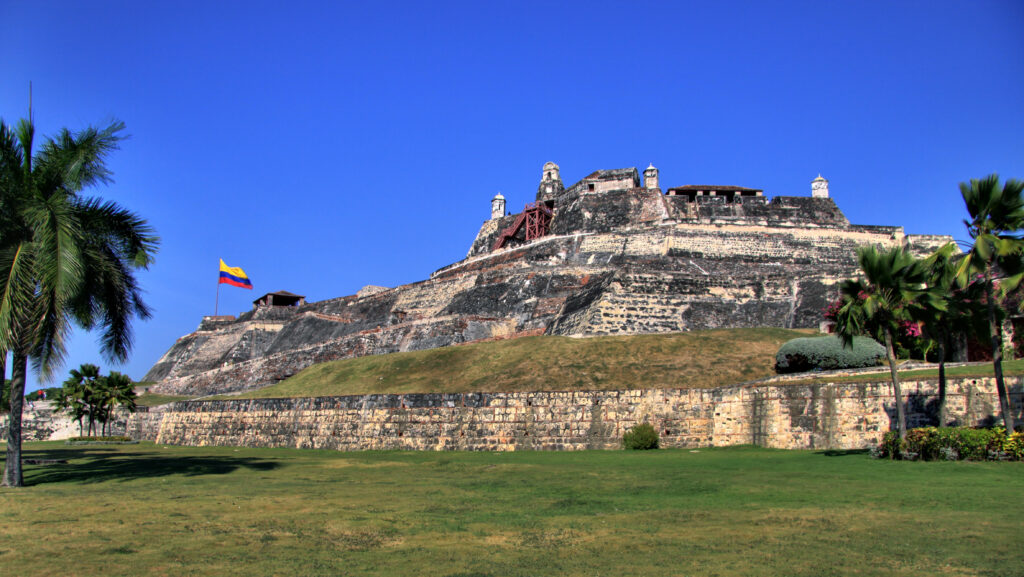
During the 16th and 17th centuries, Cartagena was the primary Spanish port for exporting gold and silver mined in South America. That made it a massive target for English and French privateers. Figures like Sir Francis Drake (called a hero by the English and a pirate by the Spanish) frequently attacked Spanish holdings along the Caribbean coast.
Drake’s most famous strike on Cartagena came in 1586. He captured the city and demanded a massive ransom, 120,000 pesos, a staggering amount at the time—before sailing away with the loot.
In response, Spain transformed Cartagena into an impenetrable fortress system. They built:
- Castillo San Felipe de Barajas, one of the greatest military forts ever constructed in the Americas.
- A network of walls and coastal batteries so extensive that UNESCO now classifies the city as a World Heritage Site.
Even with these defenses, pirates continued attempts—some successful, others not—until naval technology improved enough to shift trade routes.
Today, Cartagena blends Afro-Caribbean culture, colonial architecture, and the rhythms of modern Colombia, making it one of the liveliest (and yes, safest) pirate-history destinations.
What to Do in Cartagena
- Explore Castillo San Felipe de Barajas – Easily 2–3 hours.
- Walk the Walled City at Sunset – The views are wild.
- Museo Naval del Caribe – Strong pirate and naval exhibits.
- Boat Tour of Bocachica Fortifications – Community-led tours help preserve local islands.
- Eat: Arepas de Huevo + Fresh Maracuyá Juice – Street vendors keep the tradition alive.
7. Copenhagen, Denmark – Home of Real Vikings (Proto-Pirates)
Ok, yes—Vikings aren’t “pirates” in the Hollywood sense. But they were seafaring raiders whose tactics heavily influenced later pirate culture.
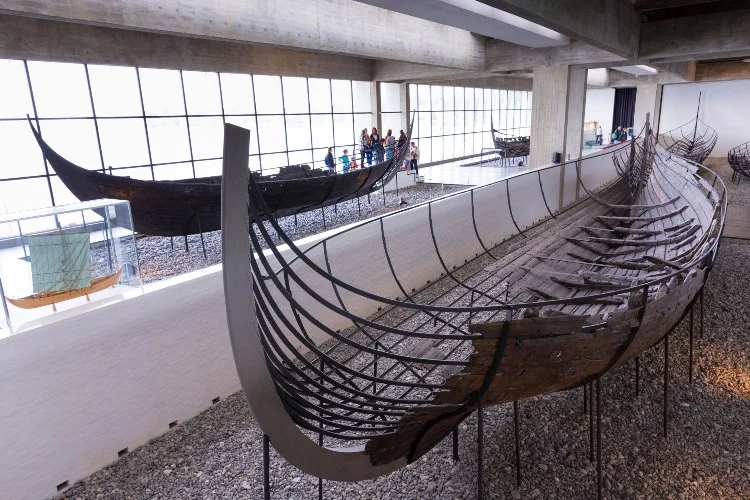
From the 8th to the 11th centuries, Viking raiders from Denmark, Norway, and Sweden shaped European history by attacking monasteries, coastal villages, and major trade hubs. They were explorers, traders, settlers, and sometimes mercenaries. Copenhagen, located on the Øresund strait, grew from a fishing village into a hub for maritime trade and naval defense during the Viking and medieval eras.
Danish Vikings like Sweyn Forkbeard and Cnut the Great conquered England, while legendary sagas from the region contain stories of longship battles, treasure raids, and the origins of maritime law. Viking shipbuilding innovations—from the shallow-draft longship to advanced navigation techniques—influenced pirate ship design centuries later.
While Copenhagen itself wasn’t the capital of Viking piracy, it’s now home to Scandinavia’s best Viking museums, reconstructed longships, and maritime archaeology centers. The Danish approach to heritage is rooted in sustainability and community stewardship—you’ll see this reflected in every exhibit.
What to Do in Copenhagen
- National Museum of Denmark – Top-tier Viking artifacts.
- Roskilde Viking Ship Museum (35 minutes away) – You can sail replica longships sustainably.
https://www.vikingeskibsmuseet.dk - Christianshavn Canal Tours – Stories of seafaring, smuggling, and naval battles.
- Freetown Christiania – Not pirate-related, but very much about counterculture.
- Eat: Smørrebrød from a Local Market – Regenerative Nordic cuisine is the wave.
8. Nantes, France – Birthplace of the “Golden Age” Pirate Literature
Nantes might surprise you, but this Atlantic city is where Jules Verne was born—and where France once launched privateering fleets.
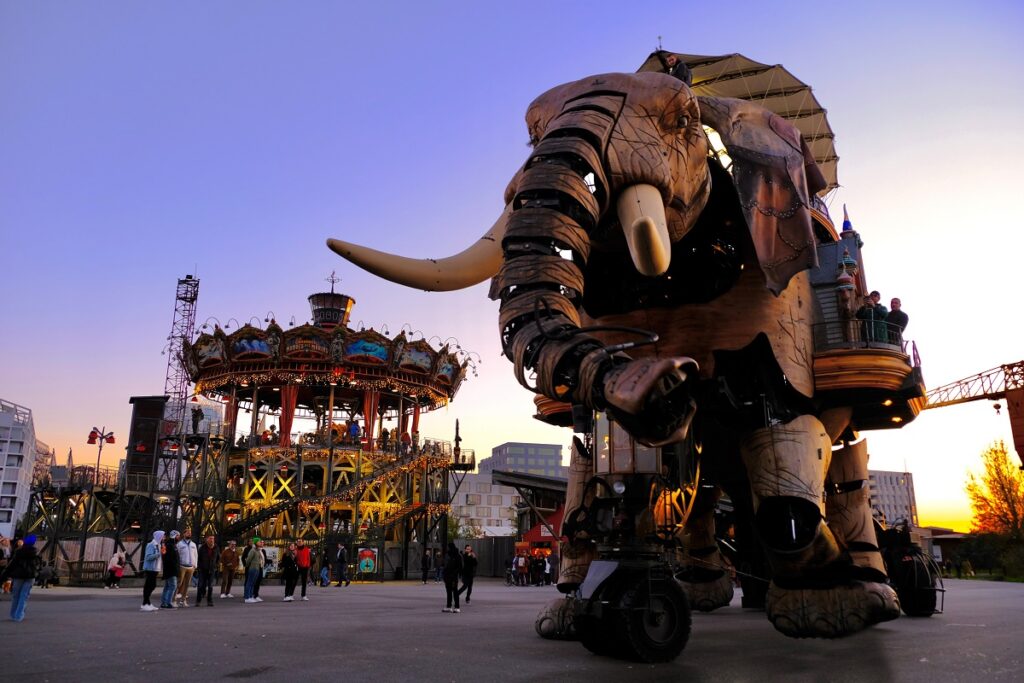
Nantes was one of France’s major Atlantic ports during the 17th and 18th centuries, involved in global trade networks that connected Europe, Africa, and the Americas. It financed voyages, armed privateers, and served as a launching point for corsair operations. Privateers from Brittany frequently departed from or traded through the city, and its shipbuilding facilities played a role in expanding France’s naval power.
But Nantes’ most enduring contribution to pirate culture is literary: Jules Verne, the visionary author whose works inspired countless pirate and maritime adventure stories. While Verne didn’t write traditional pirate tales, novels like 20,000 Leagues Under the Sea and The Mysterious Island reshaped the global imagination around seafaring exploration. His characters—like Captain Nemo—echo pirate archetypes: rebellious, anti-imperial, brilliant, and deeply contradictory.
The city today uses Verne’s legacy to celebrate imaginative seafaring culture, blending history, fantasy, and engineering.
What to Do in Nantes
- Les Machines de l’Île – Giant mechanical sea creatures inspired by Verne; eco-crafted and community-run.
https://www.lesmachines-nantes.fr - Jules Verne Museum – Gorgeous mansion overlooking the Loire.
- Château des Ducs de Bretagne – Exhibits on maritime trade and privateering.
- River Cruise to Saint-Nazaire – Learn about shipbuilding past and present.
- Eat: Crêpes and Local Cider – Breton staples that keep small producers thriving.
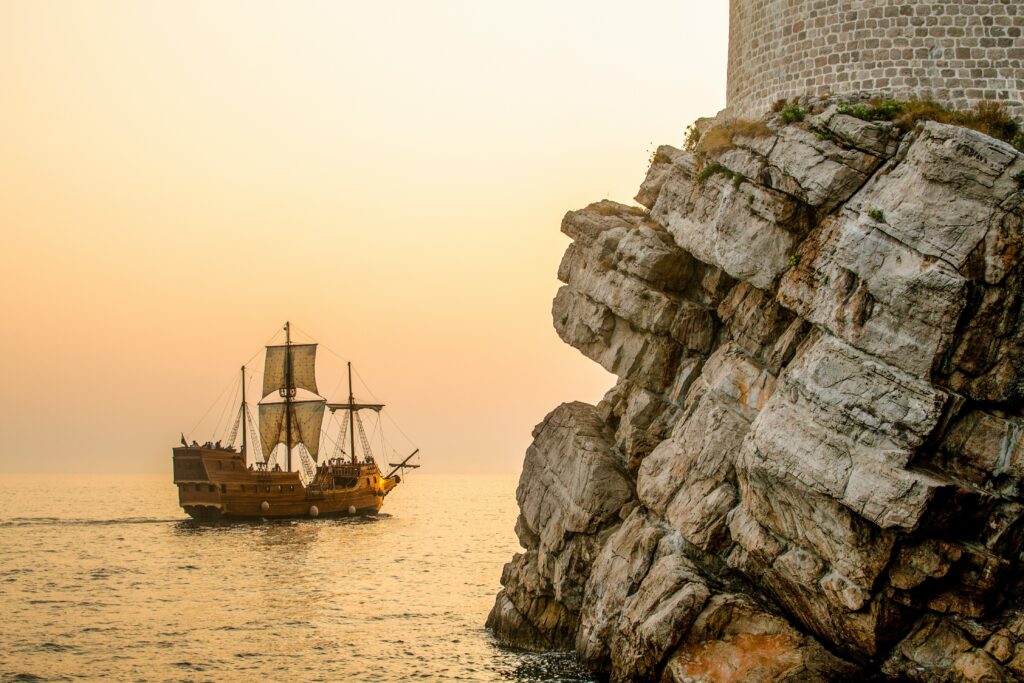
From sunken cities in Jamaica to France’s corsair mansions, these destinations offer more than pirate cosplay, they’re living museums of rebellious maritime history, shaped by real people navigating colonial violence, global trade, and survival on the fringes of empire. Wherever you go, seek out community-led tours, independent museums, and eco-friendly adventures. They’re the ones keeping the stories alive without harming the seas pirates once sailed.